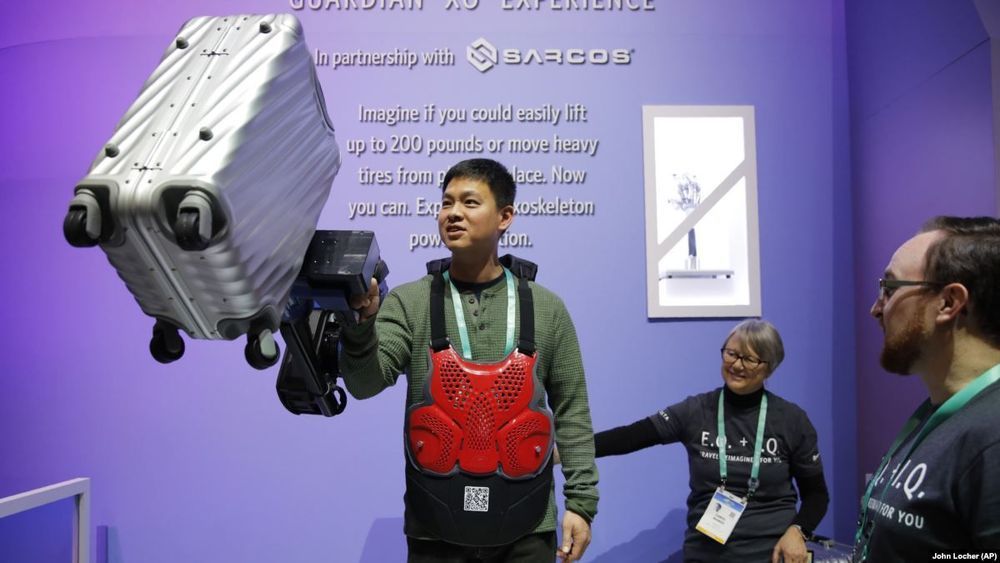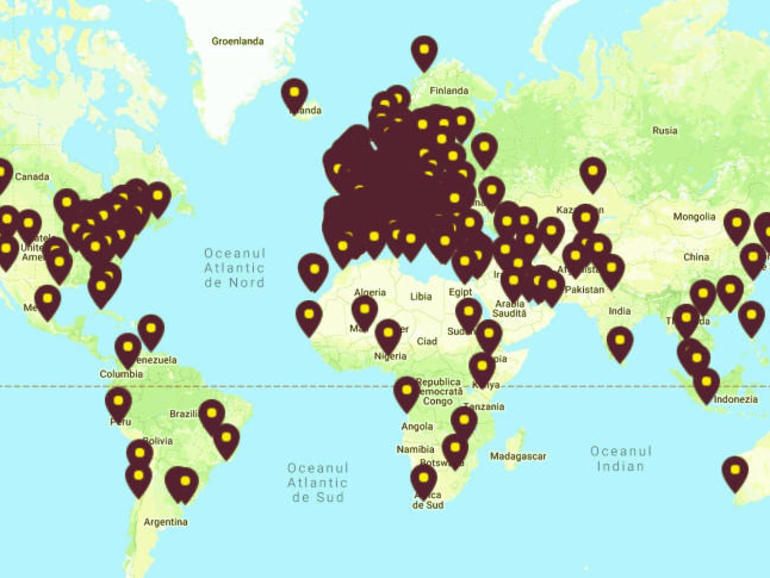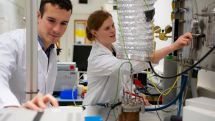Page 7912
Jan 20, 2020
How (Relatively) Simple Symmetries Underlie Our Expanding Universe
Posted by Genevieve Klien in categories: cosmology, information science, mathematics, physics

Isaac Newton and other premodern physicists saw space and time as separate, absolute entities — the rigid backdrops against which we move. On the surface, this made the mathematics behind Newton’s 1687 laws of motion look simple. He defined the relationship between force, mass and acceleration, for example, as $latex \vec{F} = m \vec{a}$.
In contrast, when Albert Einstein revealed that space and time are not absolute but relative, the math seemed to get harder. Force, in relativistic terms, is defined by the equation $latex \vec {F} =\gamma (\vec {v})^{3}m_{0}\,\vec {a} _{\parallel }+\gamma (\vec {v})m_{0}\,\vec {a} _{\perp }$.
Continue reading “How (Relatively) Simple Symmetries Underlie Our Expanding Universe” »
Jan 20, 2020
Samsung Electronics appoints its youngest president as new mobile chief
Posted by Genevieve Klien in categories: electronics, mobile phones
A new beginning
Roh Tae-moon was pivotal to the development of the Galaxy brand, and he’s now overseeing Samsung’s mobile efforts.
Jan 20, 2020
FBI: Stealing of Ideas for New Technology Increases
Posted by Genevieve Klien in category: law enforcement
At CES 2020 in Las Vegas, inventors and a law enforcement officer talked about the risks of showing off new technology to the public.
Jan 20, 2020
6G technology: Japan plans to achieve 6G by 2030
Posted by Genevieve Klien in category: internet
According to Nikkei, various countries have begun to target the next generation of communication technologies after 5G. Japan plans official-civilian cooperation to formulate a comprehensive strategy for “post-5G” (6G technology). It plans to achieve communication speeds that are 10 times faster than 5G by 2030. China, South Korea, and Finland have also started research, development, and investment. If you have patents related to communication standards, you can make huge profits through the sale of equipment and software. Japan, which is slowing down in 5G development, strives to catch up.
Jan 19, 2020
Hacker leaks passwords for more than 500,000 servers, routers, and IoT devices
Posted by Genevieve Klien in category: cybercrime/malcode
Jan 19, 2020
Bongo the robot dog: Like a real dog but quieter, cleaner and cheaper
Posted by Genevieve Klien in category: robotics/AI
Japan is the only country in the world in which pets outnumber children. Kids and pets are closely linked in Japan: as the number of newborns shrinks, the number of cats and dogs is rising.
Not that you’d know it walking the streets of Tokyo. Despite the rising number of cats, it’s rare to see them out and about. Dogs are a more common sight (and often to be seen tucked up in prams, swaddled in coats and blankets like substitute babies).
The near invisibility of the city’s pets is probably down to their owners’ reluctance to let them out. Generally speaking, cats aren’t allowed out because their crap is considered antisocial. As for the city’s dogs, most of them are ‘toy’ breeds rather than working dogs, which is to say they’re bred to loll around the house not doing much but looking pretty. They don’t get walked much and many are what might be called involuntary hikikomori (hikikomori are people who refuse to leave their rooms for fear of interaction with others).
Jan 19, 2020
Cash, Plastic or Hand? Amazon Envisions Paying With a Wave
Posted by Genevieve Klien in category: mobile phones
Amazon.com Inc. wants to make your hand your credit card.
The tech giant is creating checkout terminals that could be placed in bricks-and-mortar stores and allow shoppers to link their card information to their hands, according to people familiar with the matter. They could then pay for purchases with their palms, without having to pull out a card or phone.
The Times
Jan 19, 2020
ESA opens plant that turns moondust into oxygen
Posted by Genevieve Klien in categories: energy, space
If humans are going to have a long-term presence on the Moon, they’re going to need breathable air and rocket fuel — and the ESA might just have a way to create both using the Moon itself. The agency is running a prototype plant that converts moondust (currently simulated, of course) into oxygen that could be used for air and fuel. The technique unlocks the high amounts of oxygen in regolith using molten salt electrolysis that superheats the dust and migrates the oxygen along the salt until it’s collected at an anode. The basic process has already been used for metal and alloy production, but the ESA tweaked it to ensure oxygen was available to measure.
Jan 19, 2020
Liquid Biopsies: A Lung Cancer Game-Changer?
Posted by Paul Battista in category: biotech/medical
Newer, less invasive tests are helping scientists isolate genomic alterations.
BY HEATHER MILLAR


















